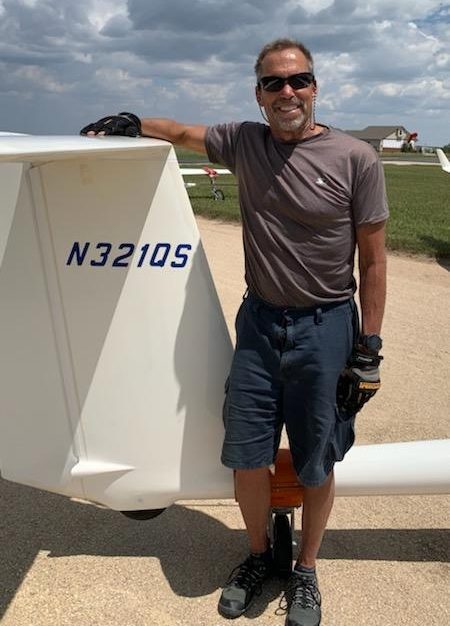President’s Corner August 2021
Flying For Fun After Retirement
Most of our clients are professional pilots who require FAA first class medical certification to perform their pilot duties. AMAS has assisted tens of thousands of pilots regain medical certification, often with a Special Issuance authorization (SIA). The SIA has a limited duration of validity and requires regular updates be submitted to the FAA Office of Aerospace Medicine to continue to be medically certified.
Although the airlines and business aviation foresee a large need for more pilots in the immediate future, many professional pilots are electing to retire and enjoy recreational flying. Some have their own aircraft to fly around the local area, take cross country trips or share their passion for flying with family and friends. For those who have held an SIA previously, we receive many questions about medical requirements after retirement.
The good news is there are several options, mostly dependent on the type of flying and type of aircraft to be used. Of course, if a pilot still wants to receive income for flying, a current medical certificate is required. Flight instruction may be conducted with a third-class medical certificate, even if paid for giving instruction.
Glider and balloon pilots do not need a medical certificate, but just as with all pilots, must abide by FAR 61.53 prohibiting operations while taking a medication or having a medical condition that would render them unsafe to perform all of their duties. Flying routinely without an engine is very exciting and challenging!
Light Sport Aircraft (LSA) operations enable pilots to fly small aircraft, such as a J-3 Cub, using a current U.S. driver’s license as medical eligibility. No medical certificate is required. This includes both standard airworthiness and experimental certificated aircraft. The EAA has an excellent document on LSA operations that fully explains the operating requirements. The FAA has a page of LSA resources and a Sport Pilot brochure for further information.
Perhaps the biggest source of questions is medical qualification under the BasicMed program. This program is now five years old with over 60,000 pilots registered under this program. Aircraft up to 6,000 pounds MGW and certified to carry no more than 6 persons may fly in all airspace up to 18,000 ft. MSL and up to 250 knots in both Instrument Flight Rule (IFR) and Visual Flight Rule (VFR) conditions. This opens up a large variety of aircraft to participate in this type of flight operation. Pilots flying under BasicMed rules may only operate in the US, Mexico and the Bahamas. Other countries may accept BasicMed operations in the future.
The medical requirements include having held an FAA medical certificate after 14 July 2006 and not had the most recent medical application denied or most recent medical certificate suspended or revoked. If a pilot has had an SIA, the most recent SIA must not have been withdrawn. However, if the SIA has simply lapsed, the pilot remains eligible for BasicMed operations. For those pilots who have certain cardiac, mental health or neurological conditions, additional reporting requirements exist.
The process for obtaining BasicMed qualification is different from applying for a medical certificate. Pilots should NOT use MedXPress for BasicMed privileges as this starts an application for a standard FAA medical certificate. Instead, pilots should download a copy of FAA form 8700-2 Comprehensive Medical Exam Checklist (CMEC), complete their portion of it and take to a state licensed physician for an examination. This does NOT have to be an AME. Keep the completed form in the pilot logbook. Once the form is completed, the pilot should take an online course on medical fitness for flight from AOPA or the Mayo Clinic. Upon completing the course, the pilot will give online consent for the FAA to access the National Driver’s Registry, affirm that they are under care for any active medical conditions, they completed the CMEC and that they understand the obligations under FAR 61.53. Completion of the CMEC is required every four years and completion of the online safety course is required every two years to maintain eligibility to operate under BasicMed rules.
Resources for BasicMed include FAR Part 68, the FAA website on BasicMed, FAA AC 68-1A, AOPA’s BasicMed website and the FAA Safety Briefing from July/August 2017 featuring BasicMed.
I encourage all pilots, regardless of the need for medical certification, to maintain their health and see their physicians for regular evaluations. Staying healthy and fit is the best way to maximize the ability to operate safely and to enjoy a long career and post-career of happy flying. Please contact our physician staff for confidential, accurate answers to your medical certification questions.
Stay Healthy, Fly Safely,
Quay
N321QS

